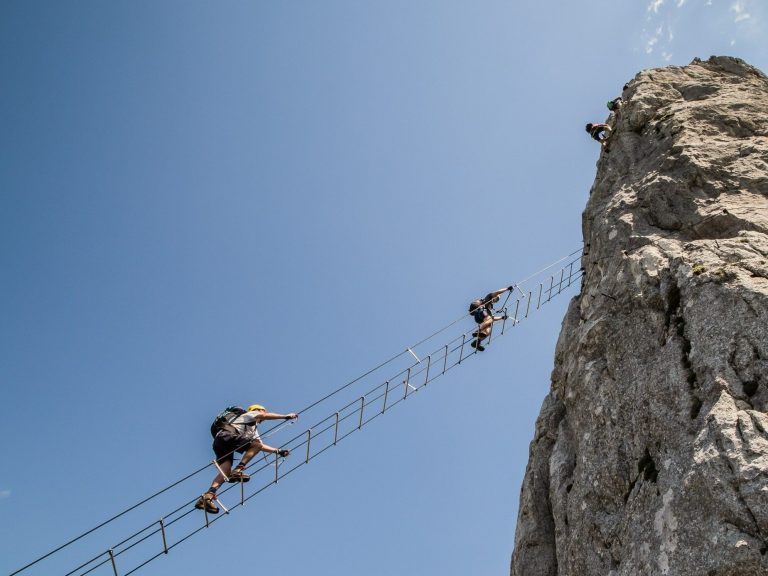A Polish city with a new attraction. A spectacular view guaranteed

The first viewing terrace on Wawel has been opened. In just a few days, the first tourists will be able to admire the landscape of Krakow from here.
The “City of Polish Kings” has gained a new attraction. On July 1, the first tourists will enter the new viewing terrace on Wawel’s Mała Baszta. From here, you can see one of the most beautiful views in the entire city, but to see it, you have to climb 101 steps. The price of such pleasure? Only PLN 12 for an adult and PLN 9 for children and youth.
A new attraction in Krakow
From July 1 to October 13, from 9 a.m. to 6 p.m. (Mondays from 10 a.m.), we will visit a new seasonal attraction in Krakow. The first viewing terrace on Wawel was opened on the Small Tower, built in the 1940s. The watchtower was built to connect the southern part of the cloisters with the administrative building of the General Government, which had its headquarters here at that time. Today, its unique location guarantees beautiful views from the terrace. “The meandering Vistula, the Sowiniec range, Srebrna Góra with the Camaldolese monastery in Bielany, Kościuszko and Piłsudski Mounds” – according to the Gazeta Krakowska, such landscapes await tourists visiting the viewing terrace. The museum boasts that in very good weather, you can even see the peaks of the Tatra Mountains from here. The cost of such a pleasure is low. An adult pays only PLN 12 for entry, and children and youth – PLN 3 less.
Wawel Underground
One of the most characteristic Polish monuments regularly surprises tourists with new sightseeing routes. Last year, visitors were able to see the underground of the royal castle for the first time in history. The nearly 500-year-old cellars contain Gothic walls, a medieval well and a unique atmosphere of mystery. In May next year, Wawel plans to open another underground attraction. “Visitors will see for the first time relics of medieval buildings, defensive devices and a natural cave located on Wawel Hill, previously available only to archaeologists,” we read.





